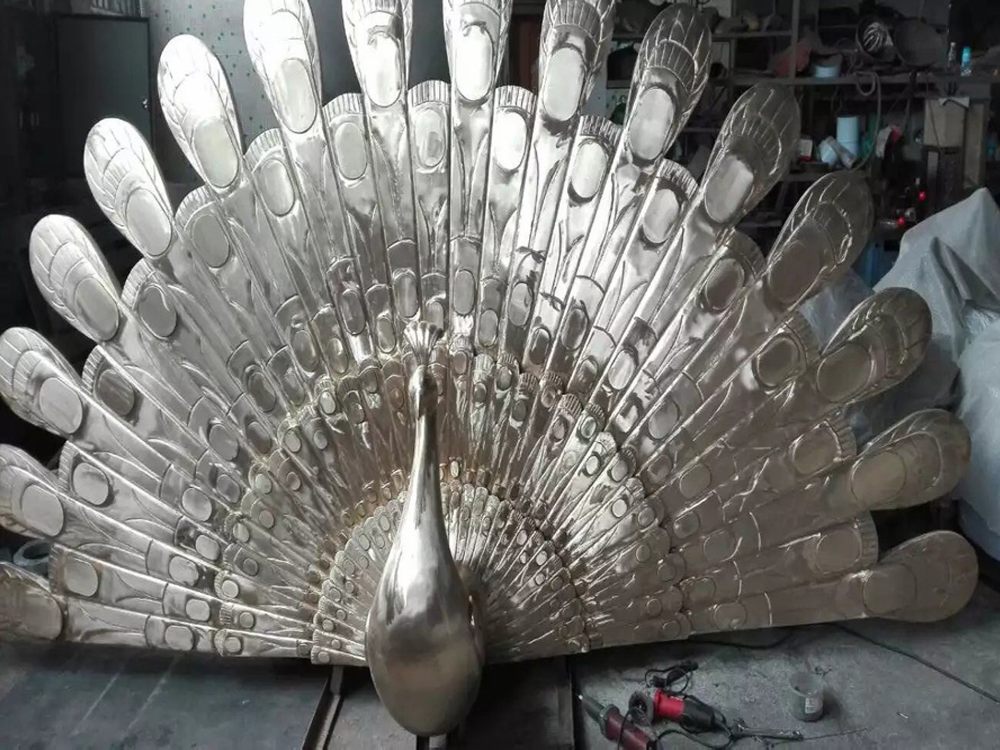
Stone sculpture, an ancient art form, has evolved with modern techniques, including the integration of modular and reconfigurable elements. Sculptors achieve this by carefully planning the stone’s structure, often using pre-cut segments that can be rearranged or interlocked. These modular pieces are crafted with precision to ensure seamless connections, allowing for dynamic compositions that can be altered over time.
One common method involves creating stone blocks with standardized joints or grooves, enabling easy assembly and disassembly. Artists may also employ metal or wooden frameworks to support the stone modules, enhancing stability while maintaining flexibility. This approach not only adds versatility to the artwork but also challenges traditional notions of permanence in stone sculpture.
Contemporary sculptors often experiment with materials like lightweight stone composites or combine stone with other mediums to facilitate reconfiguration. The result is a fusion of timeless craftsmanship and modern innovation, offering viewers an interactive and ever-changing artistic experience.
By embracing modularity, sculptors push the boundaries of stone art, creating works that adapt to different spaces and contexts while preserving the medium’s inherent beauty.

